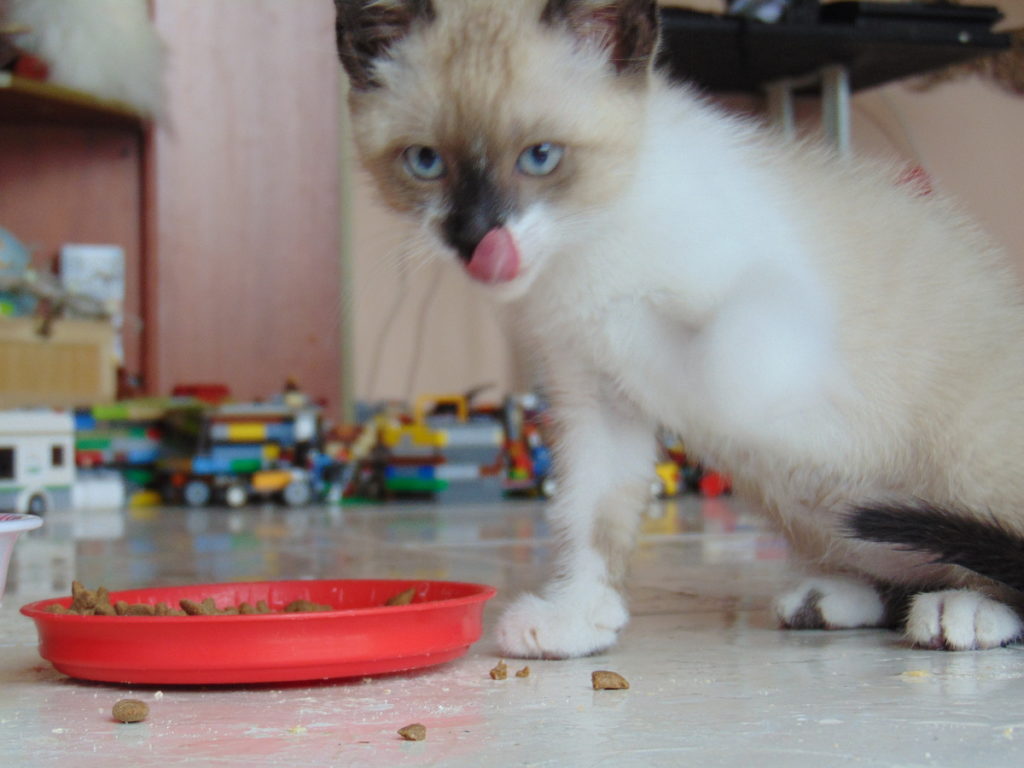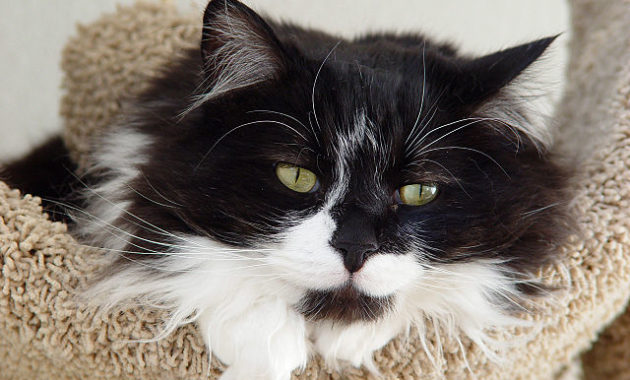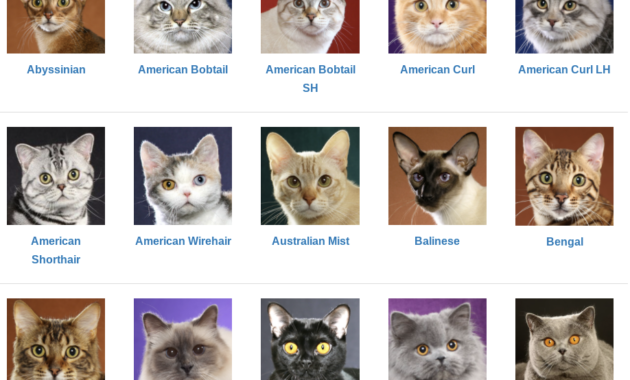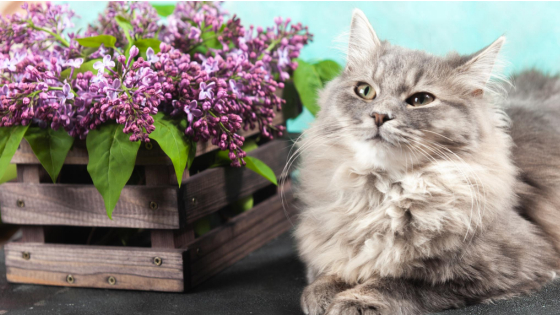As the moonlight filters through your curtains, the soft sound of your cat's meows pierces the tranquil night. What could be the hidden message behind these nocturnal vocalizations? Understanding the motivations driving your feline friend's evening chit chat is essential for deciphering their needs and maintaining a peaceful ambiance in your home.
From seeking attention to expressing discomfort or fulfilling instinctual urges, cats have a unique way of communicating their desires. Stay tuned to unravel the mystery behind your cat's nighttime meows and discover effective strategies to address this intriguing behavior.
Key Takeaways
- Cats meow at night for attention, food, play, or when distressed.
- Address hunger with timed feeders or play before bedtime.
- Provide daytime attention and enrichment to prevent boredom.
- Understand cats meowing in their sleep is normal unless accompanied by concerning symptoms.
Common Reasons for Nighttime Meowing
At night, cats often meow for various reasons, such as seeking attention, food, play, or when they are distressed. Cats are known for their vocal nature, using meows as a form of communication with their owners.
When a cat meows persistently during the night, it could be a sign of an underlying issue. Common stressors like relocation, illness, aging, or changes at home can lead to increased nighttime meowing. Unspayed or unneutered cats may also meow at night due to mating instincts or territorial behavior.
Understanding the reasons behind a cat's nighttime meowing is crucial in addressing the issue effectively and ensuring the cat's well-being and comfort.
Behavioral Strategies for Nighttime Meowing
Implementing behavioral strategies is essential in effectively addressing and managing nighttime meowing in cats. By understanding the underlying reasons for this behavior, cat owners can implement targeted strategies to help reduce or eliminate excessive meowing. Below is a table outlining some effective behavioral strategies for dealing with nighttime meowing in cats:
| Behavioral Strategy | Description | Effectiveness |
|---|---|---|
| Responding Selectively | Avoid reinforcing meowing behavior by responding only to appropriate cues. | High |
| Timed Feeders | Address hunger-related meowing by using timed feeders to regulate meal times. | Medium |
| Pre-Bedtime Play | Engage in play sessions before bedtime to help the cat expend energy and reduce nighttime activity. | High |
| Daytime Attention | Provide ample attention and enrichment during the day to prevent boredom-induced meowing at night. | High |
| Environmental Enrichment | Enhance the cat's environment with toys and activities to keep them mentally stimulated and engaged. | High |
Cats Meowing in Their Sleep
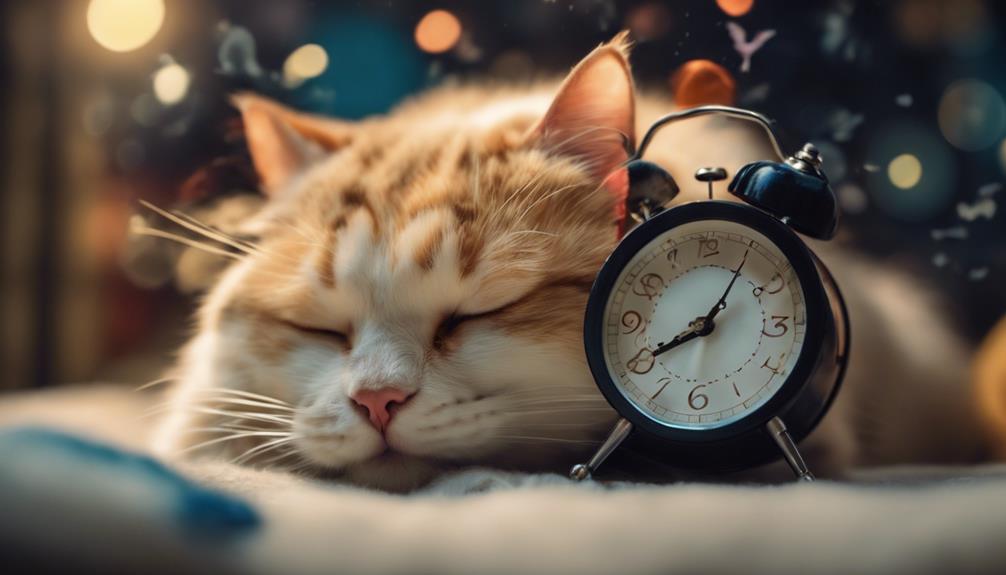
During sleep, cats may vocalize and meow due to dreaming, a behavior that is akin to human vocalizations during rest. This nighttime chit chat is generally not a cause for concern unless accompanied by other worrying symptoms.
To deepen your understanding of cats meowing in their sleep, consider the following:
- Cats' dreams may involve reliving daily activities or processing emotions.
- Meowing during sleep can be a way for cats to communicate their feelings or needs.
- Some cats may exhibit sleep disorders or medical conditions that contribute to vocalizations.
- Providing a comfortable and secure sleeping environment can help minimize nighttime meowing disruptions.
Excessive Meowing: Causes and Solutions
Excessive meowing in cats can be a sign of underlying issues that may require attention and appropriate interventions. Common causes of excessive meowing include medical problems such as hyperthyroidism, dental issues, or cognitive dysfunction.
Stress and anxiety can also lead to increased vocalization in cats. To address excessive meowing, it is crucial to first rule out any potential medical concerns by consulting with a veterinarian.
Providing a stimulating environment, regular play sessions, and establishing a consistent routine can help reduce stress-induced meowing. Additionally, ensuring the cat's basic needs such as food, water, and litter are met can prevent excessive vocalization.
Understanding Cat Purring
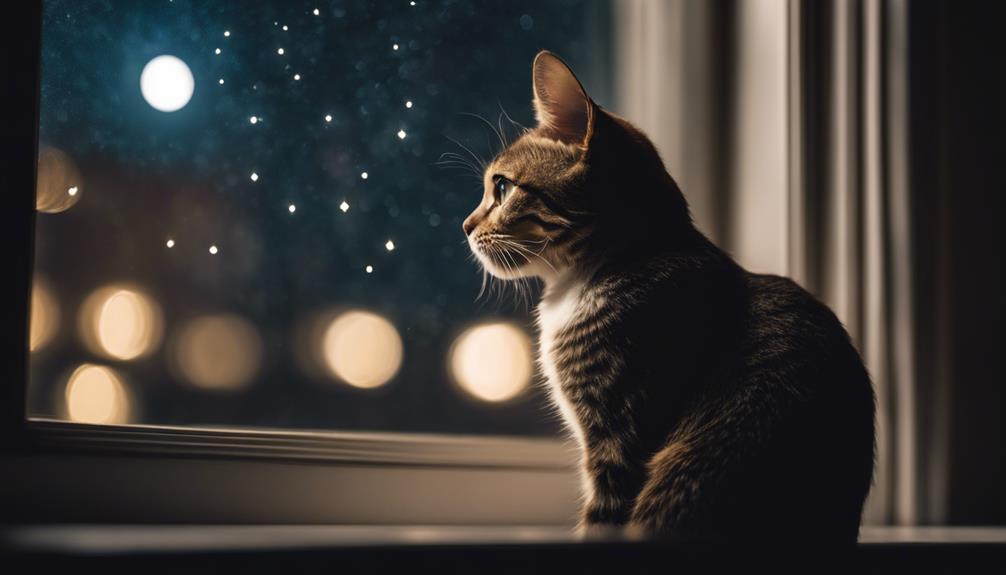
Understanding the soothing sound of a cat's purring can provide valuable insights into feline communication and emotions. Cat purring is a complex form of expression that goes beyond mere contentment. Here are some key points to help you decode your feline friend's purring:
- Purring can indicate a range of emotions, including happiness, relaxation, and even pain.
- Cats may purr to communicate with their owners, other animals, or even to self-soothe.
- The frequency and intensity of purring can vary based on the situation and the cat's individual personality.
- Understanding your cat's body language alongside purring can help decipher its exact emotional state.
Feline Jealousy and Bonding Behaviors
Feline jealousy and bonding behaviors can offer valuable insights into the complex dynamics of cat relationships within a household. Cats are known for forming strong bonds with their owners and other pets, often displaying signs of jealousy when these bonds are threatened.
Common behaviors indicating jealousy include territorial aggression, attention-seeking actions, or attempts to disrupt interactions between the owner and another pet. Cats may also exhibit bonding behaviors such as grooming, head bunting, or mutual sleeping arrangements to strengthen their relationships.
Understanding and addressing these emotions are essential for maintaining harmony in a multi-cat household. Providing ample resources, individual attention, and creating a positive environment can help alleviate feelings of jealousy and foster stronger bonds between cats and their owners.
Mysterious Cat Behaviors Unveiled

Exploring the enigmatic behaviors exhibited by cats sheds light on the intriguing intricacies of their communication and interactions within a household.
- Cats often knead their paws on soft surfaces, a behavior stemming from kittenhood when they kneaded their mother's belly for milk.
- The 'slow blink' is a sign of trust and affection in cats, akin to a friendly gesture.
- Cats may bring 'gifts' like dead prey to their owners as a form of sharing and teaching hunting skills.
- The phenomenon of cats sitting in boxes or tight spaces serves as a way for them to feel secure and hidden, mimicking their instinctual behavior in the wild.
Decoding Feline Communication Sounds
Delving into the realm of cat behavior, decoding the subtle nuances of feline communication provides invaluable insights into their intricate language. Cats use a variety of vocalizations to express their needs and emotions. Meows are commonly used to communicate with humans rather than other cats, with different pitch, volume, and duration conveying distinct messages.
Purring is often associated with contentment but can also indicate pain or distress in certain situations. Growls, hisses, and yowls are typically signs of aggression, fear, or territorial behavior. By paying close attention to these vocal cues, cat owners can better understand their feline companions and strengthen their bond through improved communication.
Conclusion
In conclusion, deciphering the reasons behind your cat's nighttime meowing can lead to a more harmonious relationship with your feline companion. By understanding their communication cues and implementing behavioral strategies, you can address this behavior effectively.
Just as a symphony conductor guides the orchestra to create a beautiful melody, decoding your cat's meows can help you orchestrate a peaceful coexistence with your furry friend.

